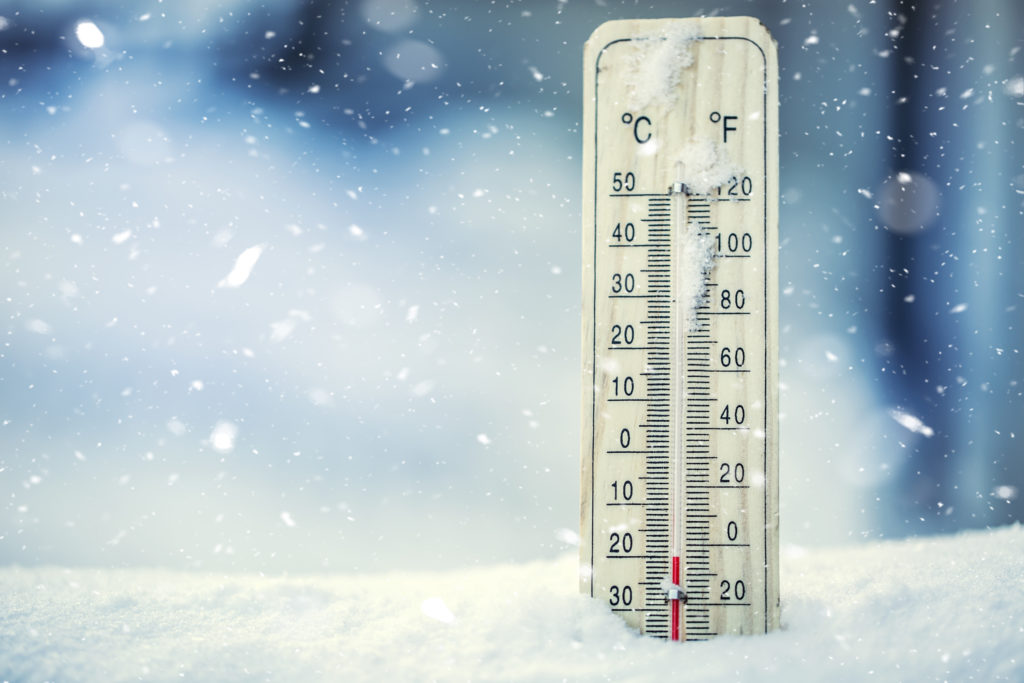
BLOG: A change in season for hair loss
23rd January 2018
Does hair loss season exist?
With the temperature dropping, it’s interesting to look at how our environment affects us physically. And, research from across the pond has revealed some rather intriguing findings when it comes to the four seasons and hair loss.
The Department of Dermatology at Johns Hopkins University School of Medicine in Baltimore has suggested that its patients often complain that hair loss is more prominent during the summer and autumn months, compared to winter and spring.
In a bid to add further real-life and practical evidence to the hypothesis, the team analysed global data from Google Trends. This information is an online database that has collected Google search results from January 2004 to October 2016. When analysing this data, the researchers looked at monthly search volume index (SVI) for the term ‘hair loss’ between the above dates. From this, the team uncovered the top 15 countries by hair loss SVI.
Finally, the researchers selected the four countries with the highest populations in each hemisphere. These were the USA, UK, Canada, Australia, India, South Africa, New Zealand and Mauritius. Each region’s season was taken into consideration, including monthly data on temperatures. Once again, the additional study of this online data indicated that hair loss is more common in summer and autumn than in winter and spring, supporting previous research and clinical observations.
While this is an interesting study and throws up many questions about how we react to our environment, we must remember that hair loss is rarely due to one single factor.
Indeed, temperature change could play a role; however, temperature could be a red herring in that our behaviours during certain months also change. For instance, we may not consume as much fresh fruit and veg and therefore miss out on vital nutrition and vitamins.
A useful follow-up study would be to perhaps look at other changes in our hair as seasons change; for instance, the strength or quality of hair may vary as the weather shifts.
Get some advice from our experts today.


